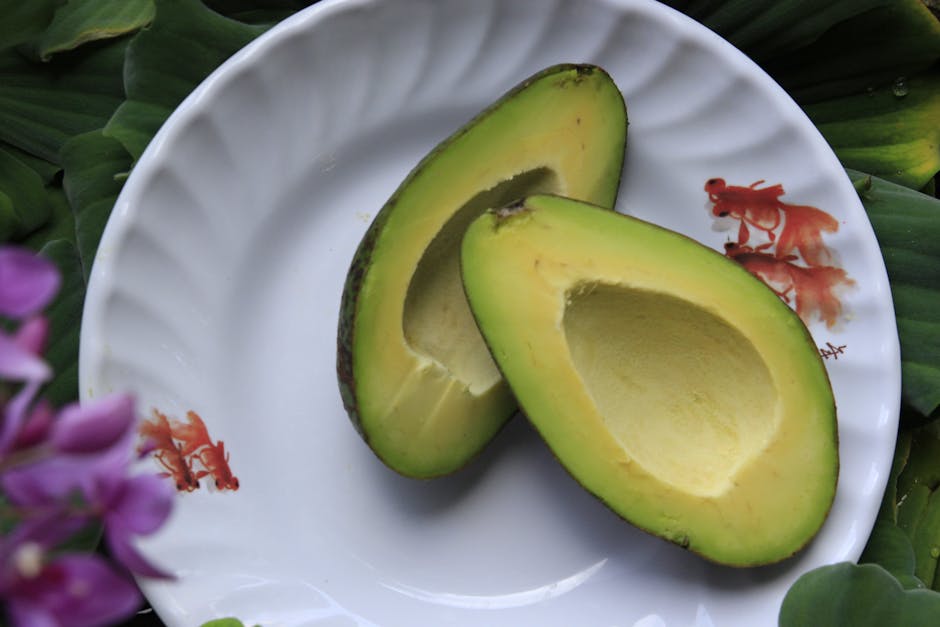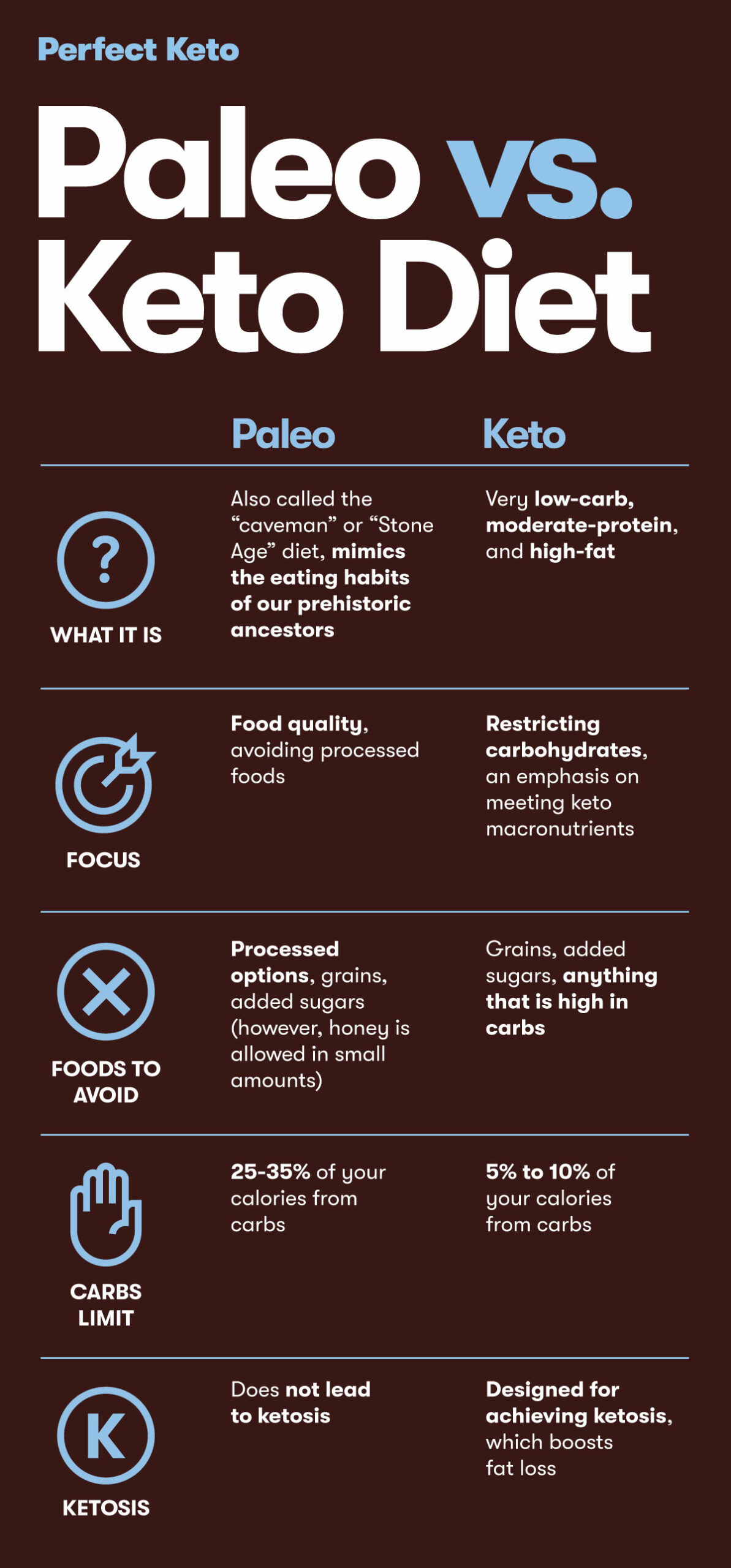Paleo Diet vs. Keto: Which Diet is Right for You?
Choosing the right diet can feel like navigating a jungle. Paleo and keto diets are two popular options, both promising weight loss and health benefits. But with their differing approaches, how do you decide which is the best fit for your needs? Let’s break down the key differences and similarities to help you make an informed decision.
<!–
Understanding the Paleo Diet
The Paleo diet, often called the “caveman diet,” focuses on eating foods that our hunter-gatherer ancestors supposedly ate. The core principle is to eliminate modern processed foods and emphasize whole, unprocessed foods.
<!–
What You Can Eat on Paleo
On the Paleo diet, you’re encouraged to enjoy:
- Lean meats (grass-fed whenever possible)
- Fish
- Fruits
- Vegetables
- Nuts and seeds
- Healthy fats (like olive oil, avocado oil, and coconut oil)
<!–
Foods to Avoid on Paleo
The Paleo diet restricts or eliminates:
- Grains (wheat, rice, corn, etc.)
- Legumes (beans, lentils, peanuts)
- Dairy
- Processed foods
- Refined sugar
<!–
Potential Benefits of the Paleo Diet
Many people report positive effects from following a Paleo diet, including:
- Weight loss
- Improved blood sugar control
- Reduced inflammation
- Increased energy levels
However, it’s important to note that more research is needed to fully understand the long-term effects of the Paleo diet. You can read more about Paleo and its benefits on sites like Healthline.
<!–
Exploring the Keto Diet
The ketogenic diet, or keto diet, is a high-fat, very low-carb diet that forces the body into a metabolic state called ketosis. In ketosis, your body burns fat for energy instead of carbohydrates.
<!–
What You Can Eat on Keto
The keto diet primarily consists of:
- Healthy fats (avocados, oils, nuts, and seeds)
- Moderate amounts of protein
- Very few carbohydrates (usually less than 50 grams per day)
- Non-starchy vegetables
<!–
Foods to Avoid on Keto
To maintain ketosis, you need to severely restrict:
- Grains
- Sugar
- Fruits (some fruits are allowed in very small amounts)
- Starchy vegetables (potatoes, corn, etc.)
- Legumes
<!–
Potential Benefits of the Keto Diet
The keto diet has gained popularity for its potential to:
- Promote weight loss
- Improve blood sugar control
- Reduce seizures in people with epilepsy
- Potentially improve certain neurological conditions
However, the keto diet can be quite restrictive and may not be suitable for everyone. Potential side effects include the “keto flu,” which can cause fatigue, headaches, and nausea, especially in the early stages. Resources like Diet Doctor offer more detailed information about the ketogenic diet.
<!–
Paleo vs. Keto: Key Differences and Similarities
While both diets emphasize whole foods and limiting processed items, they differ significantly in their macronutrient ratios and food restrictions. Let’s compare:
<!–
Carbohydrate Intake
This is where the diets diverge the most. Keto is extremely low-carb, while Paleo allows for a moderate intake of carbohydrates from fruits and vegetables.
<!–
Fat Intake
Keto is a high-fat diet, while Paleo allows for a moderate amount of healthy fats.
<!–
Protein Intake
Both diets emphasize adequate protein intake, primarily from lean meats, fish, and eggs.
<!–
Food Restrictions
Paleo allows fruits and vegetables but restricts grains and legumes. Keto restricts fruits and most vegetables, emphasizing healthy fats and moderate protein.
<!–
Similarities
Both Paleo and Keto share these similarities:
- Emphasis on whole, unprocessed foods
- Restriction of refined sugar and processed foods
- Focus on healthy fats
<!–
Which Diet is Better for You?
The “better” diet ultimately depends on your individual needs, preferences, and health goals.
<!–
Considerations for Choosing Paleo
Paleo might be a good fit if you:
- Want to avoid extreme carbohydrate restriction
- Enjoy fruits and vegetables
- Prefer a less restrictive diet overall
- Are looking for a sustainable long-term eating plan
<!–
Considerations for Choosing Keto
Keto might be suitable if you:
- Are looking for rapid weight loss
- Need to manage blood sugar levels (under medical supervision)
- Are willing to adhere to a very restrictive diet
<!–
Consult with a Healthcare Professional
Before making any significant dietary changes, it’s crucial to consult with a doctor or registered dietitian. They can assess your individual needs and help you determine the safest and most effective diet for your health goals. They can also help you identify any potential risks or contraindications. They can also provide guidance on meal planning and ensure you are meeting your nutrient needs.
<!–
Conclusion
Both the Paleo diet and the Keto diet offer potential health benefits, but they also have distinct differences. Paleo focuses on mimicking the eating habits of our ancestors, while Keto aims to put your body into ketosis. The right choice for you will depend on your individual needs, goals, and preferences. Remember to consult with a healthcare professional before making significant dietary changes. Ultimately, the best diet is one that you can sustain long-term and that supports your overall health and well-being. Whether it’s Paleo, Keto, or another balanced eating plan, prioritize whole, unprocessed foods and listen to your body.
<!–
